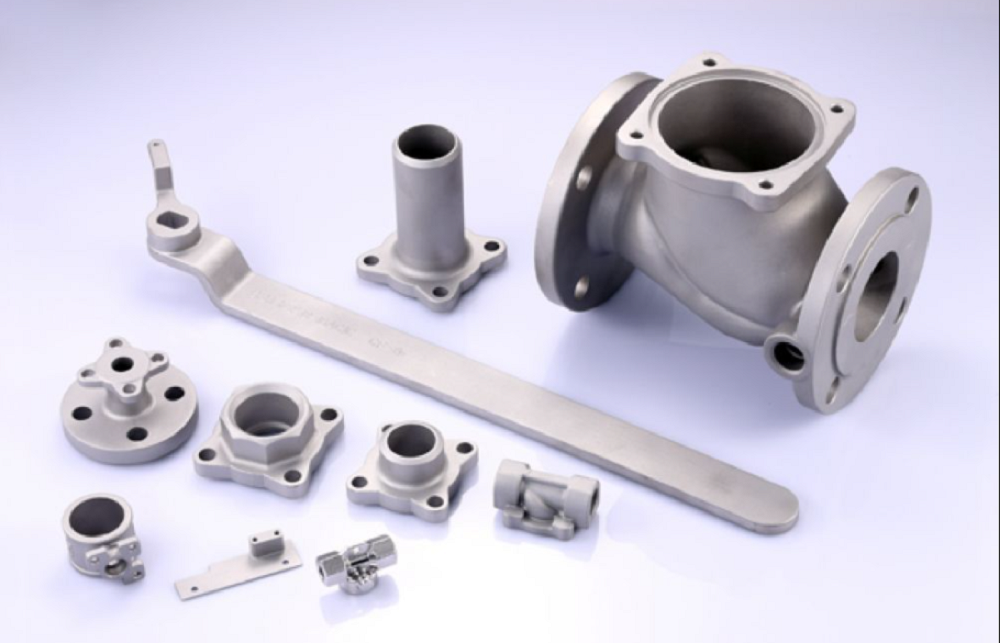Today’s world is much enhanced and full of countless innovations that play key roles in making life easier. Measurements and other specialized features are no longer something to worry about in modeling different metal castings. Through investment casting, the process is fast, reliable, and gives utmost space for correction before finalizing the product outputs. However, being an affordable procedure with little design requirements, the high demand for metal castings can make the manufacturers miss some key info in their procedures.
So how do you ensure you have a satisfactory casting meeting exact design requirements and quality? This brings on board the necessity for quality inspection and control in all investment casting services before applying the final product. Read ahead for much more on quality control measures on investment castings.
Mold Quality Control for Investment Castings
Designing molds for investment castings involves a very convenient structure impact operation to give the mold parts enough stiffness and strength. The procedure should also be aimed at avoiding stress concentrations in the overall structure and measurement of the mold. Ensuring your mold meets these features goes a long way into guaranteeing a long lifespan for the mold.
However, unless a quality control test is done on the metal test, you should always know that there is no definite guarantee for the quality of the products. Here are some of the inspection and approval plans done on the castings.
Visual Inspection
This is necessary for ensuring a good quality casting from the beginning of the procedure to the end, at the final output. The process has to be carried out 100% effectively to ensure no defects on the surface of the castings. Some of the most common defects along the surfaces include air holes, scales, cracks, shrinkage cavities, sand holes, etc.
Different factories have different ways of handling any castings with either of the above defects. However, the most common measures include documenting the same and removing such castings. They are never supposed to be delivered to the clients.
Dimensional Inspection
Based on their expected usage, all castings are molded according to various client requirements. This helps attain precision products meeting high accuracy dimensions with ideal sizes. Although one or two measurements may differ from the desired rates, it has to be ascertained from the final product that gets measured using different measuring tools.
These tools include depth indicators, Vernier calipers, and dial indicators, among others. Threaded holes also get gauge tested though the testing gauge is mostly useful in areas where the inspection tools cannot be applied.
Chemical Composition Inspection
A spectrograph is used in testing chemical compounds of final products. The results after this test have to match results obtained from raw materials documentation that is provided when delivering the materials intended for the molding. This will help to tell any unexpected differences that may have been incurred in the production process.
Testing of Mechanical Properties
These involve tensile and hardness testing performed on the final products to confirm if they meet the specified mechanical requirements. The manufacturers do destructive tests on the castings to ensure an ultimate tensile strength on their metal casting.
Non Destructive Testing
This involves testing the final casting without using any destructive methods. Some of the most common methods include x-ray inspection, ultrasonic testing, and magnetic particle inspection. All these inspections are purposefully aimed at ensuring a defect-free and high-quality metal casting.

